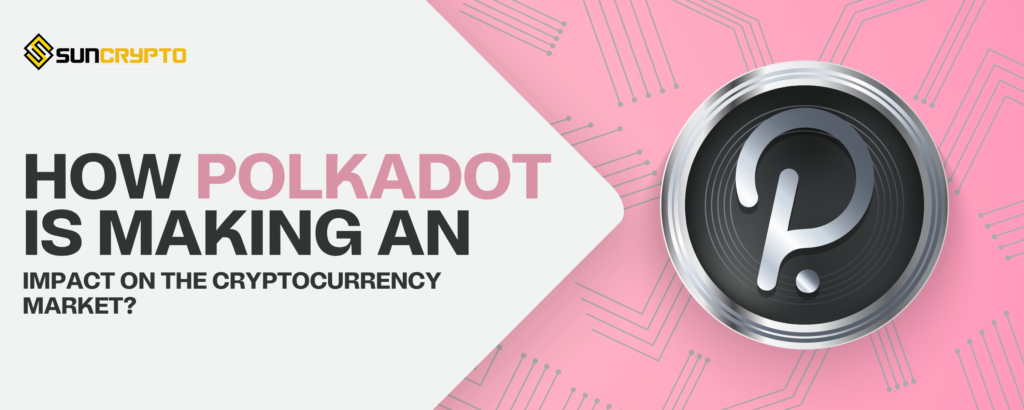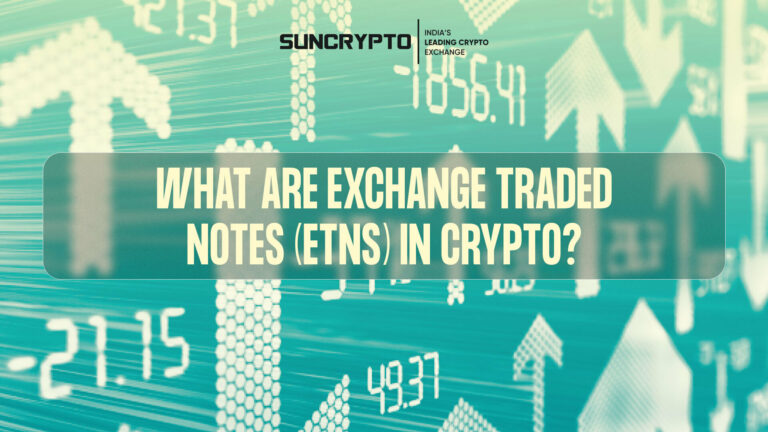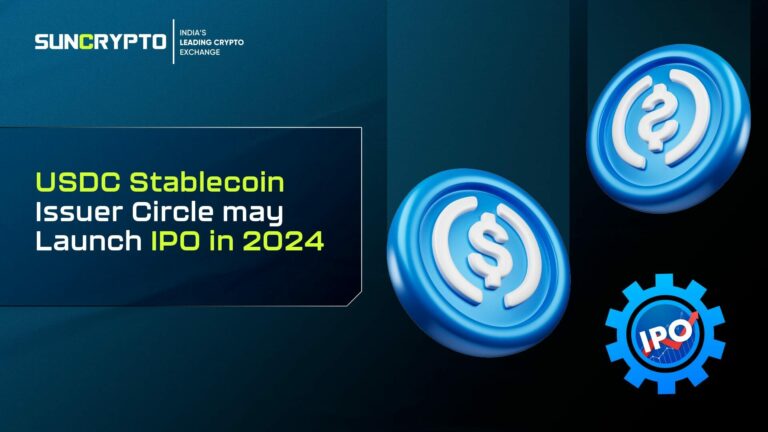Polkadot is a cryptocurrency and a blockchain on which many other coins are dependent. It was launched on May 26, 2020, by Gavin Wood who is also the co-founder of Ethereum. As there were already many blockchains present, the Polkadot is not a simple blockchain it is more of a blockchain connector where all the blockchain connects.
It was created after considering the fact that there are so many blockchains and there’s no proper medium of connecting safely. The concept of Blockchain Bridge was there but connecting so many cryptos was a big issue so the team ended up looking for alternatives and created this cryptocurrency or blockchain.
Within the Polkadot network, the Polkadot token (DOT) has two primary uses: it is a governance token that gives owners a say in the protocol’s direction and it is used for staking, which is how the Polkadot network verifies transactions and generates new DOT.
Compared to blockchains where roughly 7 transactions happen per second for Bitcoin and 30 for Ethereum, the Polkadot network can perform more than 1,000 transactions per second. Polkadot is supposed to become even faster as the network expands and more parachains are added, with rates that might reach a million transactions per second.
What does it do?
Polkadot wants to be the first layer zero solution, not the main layer. The purpose of this blockchain is clear from the name itself. The term “Polkadot” refers to a large number of dots that are present on a surface considered blockchains. If we construct a line between these dots, it will be like linking these dots or here we can say blockchains.
Without any connections, all of the blockchains are floating like stars in the galaxy. That’s why the Polkadot blockchain is linking these blockchains by becoming the core of all these blockchains, which are linked via the Polkadot blockchains, enabling simple communication between them all. By acting as layer zero, Polkadot hopes to provide a method for various blockchains to connect.
The Polkadot network consists of several user-created parallel chains (sometimes known as “parachains”). In addition to the main blockchain known as the “relay chain.” It also contains a connecting layer, or “bridge,” that enables value and data transfers between the majority of blockchains and can even be used to link to databases that are not decentralized ledgers. The center or hub of the Polkadot is the Relay Chain. This is the foundation of the network where all other chains converge to reach a consensus.
The para chain is known as the spike portion. The parachains continue to function independently and complete their task before returning to the relay chain to synchronize everything. To ensure that everything is safe and coordinated, parachains connect the relay chain.
The time it takes to complete the feedback loop is decreased. Since polkadot makes it simple to set up para chains fast and easily instead of having to establish your network, secure network funding, and work out a million other aspects.
Polkadot Blockchain working
Polkadot uses a proof-of-stake consensus mechanism to protect the network, where validators validate transactions, and create and distribute additional DOT. DOT holders can interact with the staking mechanism in a variety of ways, depending on how much time, money, and technical expertise they choose to invest.
Validators have to deposit the coin first on the blockchain to be eligible to become a validator then a random validator will be chosen to verify the transactions and earn the new token as a reward.
Nominators are also present where regular investors can indirectly engage in staking through this. You can assign a portion of your DOT to a validator you know who will follow all the rules. You will receive a part of the DOT that your selected validators earn in return.
There are two other positions in the Polkadot Blockchain. Collators are responsible for keeping the track of valid parachains and then will have to submit them to the relay chain validators. Another term is Fishermen which helps in finding and reporting inappropriate behaviors on the network.
Coins listed on it
The top Polkadot coins are: –
- Dot,
Dot has a market cap of ₹651,655,778,145 with a price of ₹596.41at the moment. The highest ever price Dot reached was 29,302.20. - Kusama
Kusama has a market cap of ₹33,981,339,519 with a price of ₹3,895.30 at the moment. The highest ever price Kusama reached was ₹40,805.43. - Ocean Protocol
Ocean Protocol has a market cap of ₹8,237,491,474 with a price of ₹12.97 at the moment. The highest ever price Ocean Protocol reached was 129.36. - Moonriver
Moonriver has a market cap of ₹5,310,709,515 with a price of ₹1,002.50 at the moment. - Polka Starter
Polkastarter has a market cap of ₹4,031,309,680 with a price of ₹39.75 at the moment.
For more content related to cryptocurrency, check out the Suncrypto Academy.
Disclaimer: Crypto products and NFTs are unregulated and can be highly risky. There may be no regulatory recourse for any loss from such transactions. All content provided is for informational purposes only, and shall not be relied upon as financial/investment advice. Opinions shared, if any, are only shared for information and education purposes. Although the best efforts have been made to ensure all information is accurate and up to date. Occasionally unintended errors or misprints may occur. We recommend you to please do your own research or consult an expert before making any investment decision. You may write to us at [email protected].





